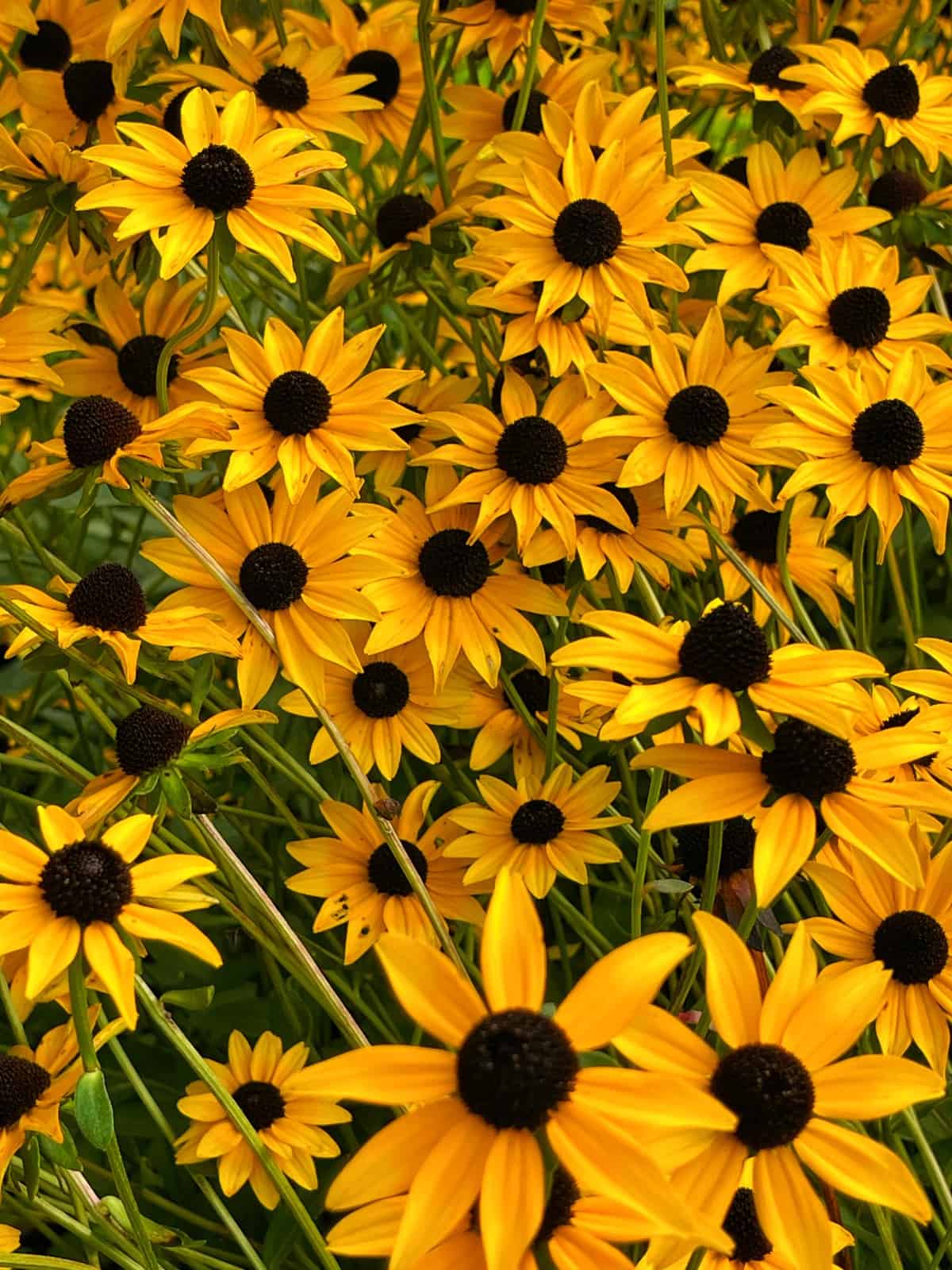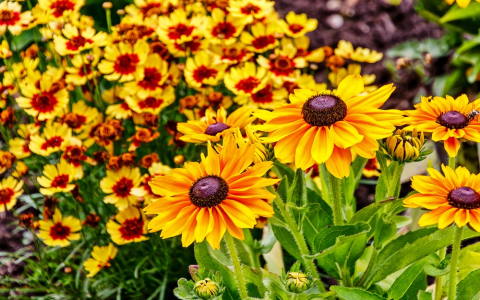Okay, folks, let me tell you about my recent adventure with my black-eyed Susans. You know, those cheerful yellow flowers that are supposed to be so easy to grow? Well, mine decided to throw me a curveball this year, and I had to get to the bottom of it.
It all started when I noticed some tiny little bugs crawling all over my plants. At first, I didn’t think much of it, figured they were just some harmless critters enjoying the sunshine. But then, the leaves started getting these weird spots, and some of them even started turning brown and withering. That’s when I knew I had a problem on my hands.

The first thing I did was try to figure out what these bugs were. I snapped a few pictures and showed them to my neighbor, who’s a bit of a gardening whiz. She took one look and said, “Looks like you’ve got aphids, my friend.” Aphids, huh? I’d heard of them, but I’d never actually dealt with them before. And there were some other tiny black bugs, looked like spiders to me, and she said they were probably spider mites. Geez, what else could go wrong?
Then came the whole mildew situation. I noticed a white, powdery substance on some of the leaves. My neighbor said that’s a common issue with black-eyed Susans, especially if you’re in a humid area or if you’ve been overwatering them. I live in a pretty dry area, and I’m usually pretty careful not to overwater. So, after thinking it over a bit, I figured it must have been because I had my plants too close together and there was not enough air flow.
Dealing with the Pests
- Aphids and Spider Mites: First, I tried blasting the plants with a strong stream of water from the hose. It seemed to knock off a good number of those little buggers, but it wasn’t a permanent solution.
I wanted to avoid using harsh chemicals, so I started looking into natural remedies. I whipped up a mixture of water and a few drops of dish soap. I sprayed that concoction all over my plants, making sure to get the undersides of the leaves where those pests like to hide. I did this every few days, and it seemed to keep the aphid and spider mite populations in check.
The Mildew issue
- Powdery Mildew: For the mildew, I carefully removed the affected leaves and made sure to dispose of them properly so the mildew didn’t spread. I also made sure to space my plants further apart to improve air circulation. This was a tough decision because I love the look of a full, lush garden, but it had to be done.
After a few weeks of consistent care, my black-eyed Susans started to bounce back. The new growth looked healthy, and the flowers were blooming like crazy. It was a bit of a rollercoaster, but I learned a lot about these plants and how to deal with their common issues. It just goes to show that even the “easy” plants can sometimes give you a run for your money!




















